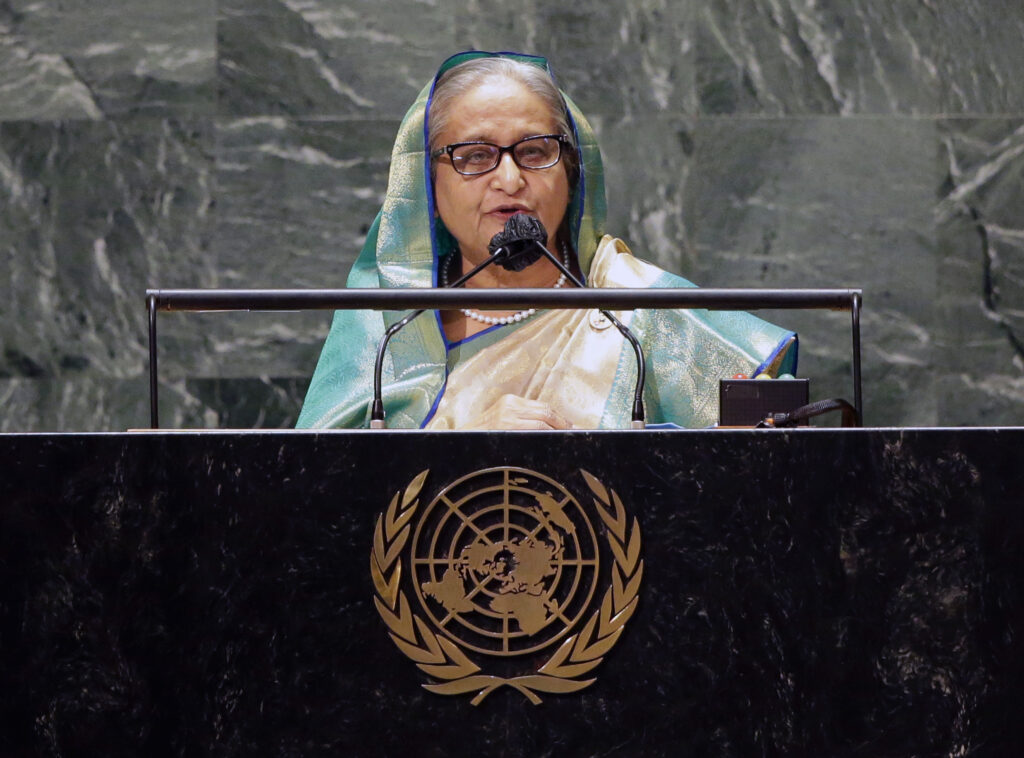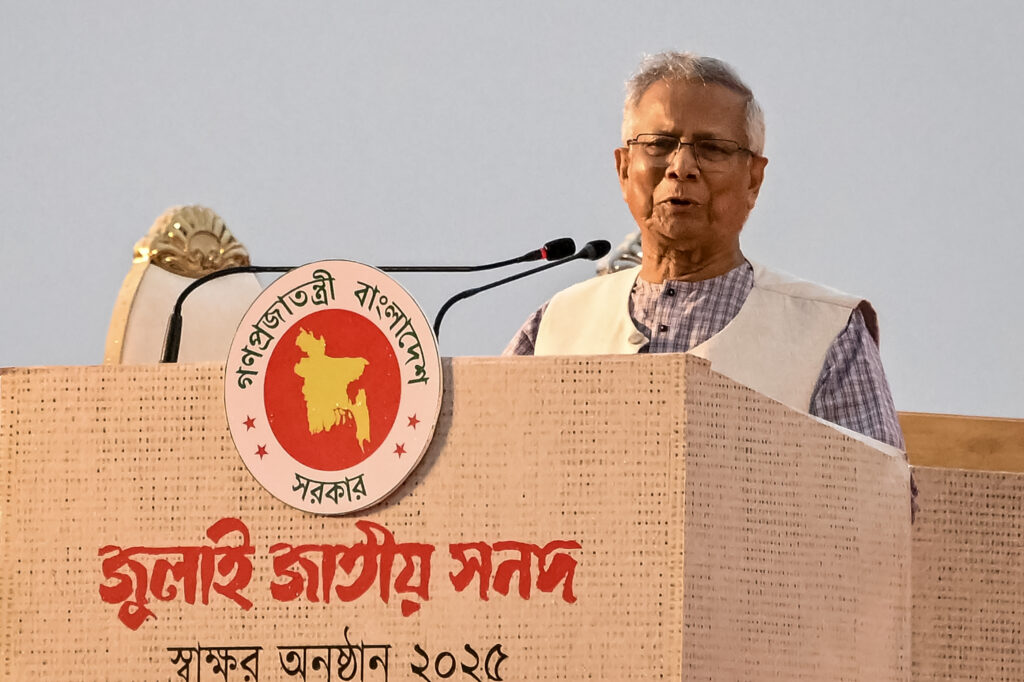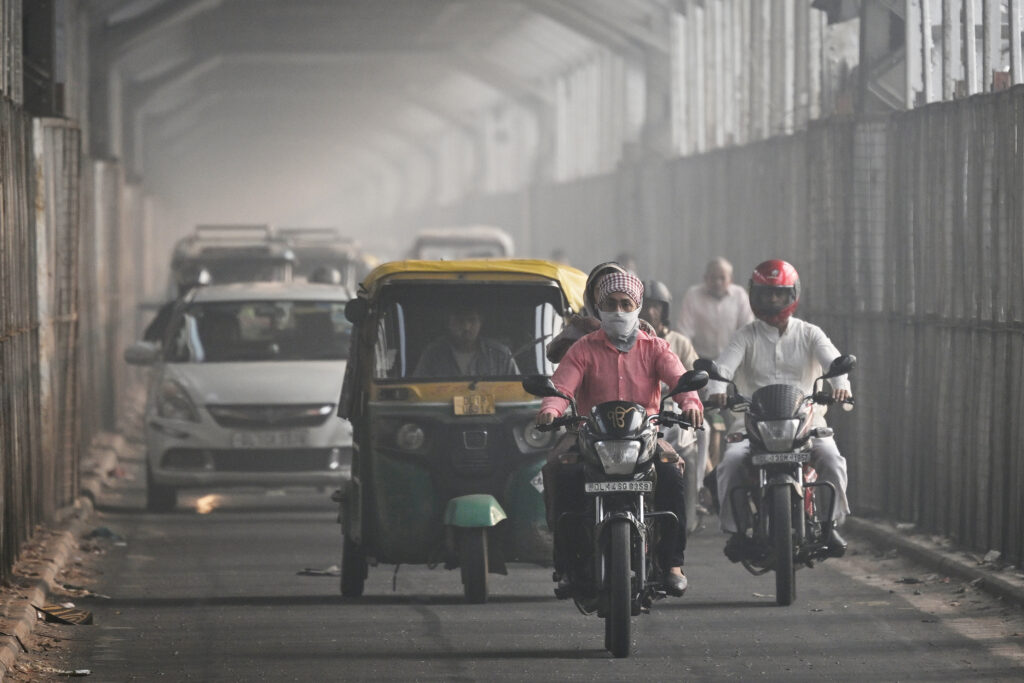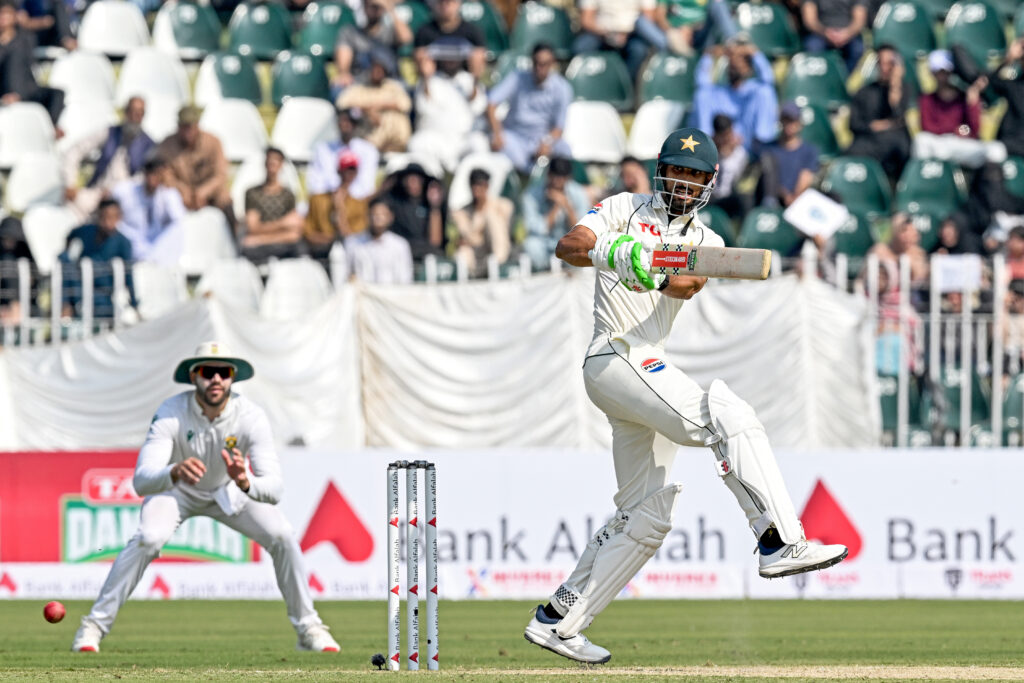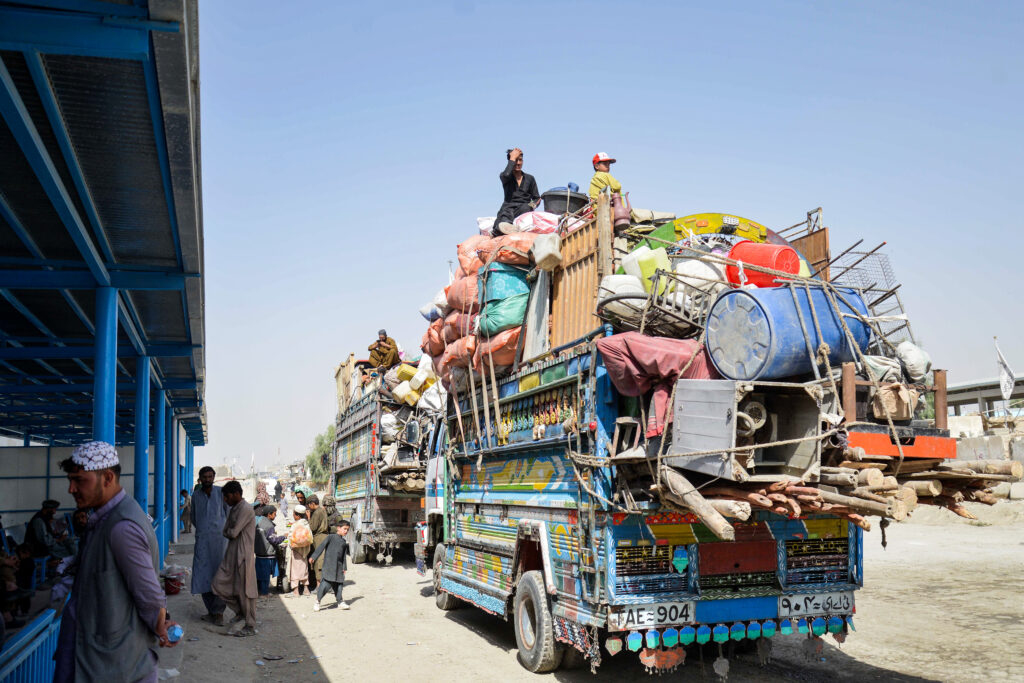Harmer stars as South Africa beat Pakistan to draw series
South Africa beat Pakistan by eight wickets in the second Test in Rawalpindi on Thursday to draw the series 1-1 with Simon Harmer taking a maiden five-wicket haul.The 36-year-old off-spinner finished with 6-50, taking his 1,000th first-class wicket in the process, on a deteriorating Rawalpindi stadium pitch.South Africa eased to the 68-run target for the loss of captain Aiden Markram (42) and Tristan Stubbs (nought), both to spinner Noman Ali, who finished with 2-40.Ryan Rickelton, who scored 25 not out, hit Sajid Khan for a six to seal an emphatic win minutes before the lunch break for the World Test Championship holders. Markram was delighted by his side’s display after losing the first Test by 93 runs.”It was a great response after Lahore,” said Markram, standing in for regular skipper Temba Bavuma, who missed the tour with a calf injury.Like Lahore — where spinners took 34 of the 40 wickets to fall — it was a battle of the slow bowlers.Pakistan made 333 in their first innings before the South African tail wagged to help them pile up 404 for a crucial 71-run lead.Thursday’s morning session saw Pakistan’s batters fold, adding just 44 runs after resuming the fourth day on 94-4.Harmer torpedoed Pakistan’s hopes of saving the Test when he trapped Babar Azam leg-before with the fifth ball of the day after the batsman had reached his 30th Test half-century.Markram said the performance of the South African spinners, especially Harmer and Keshav Maharaj, gave them a big boost with two Tests in India next month.”In South Africa you’d think just seamers and some spinners, but we are a work in progress heading to India,” he said.Pakistan captain Shan Masood said some of his side’s batting was “not up to the mark”.”You have to give credit to South Africa,” he said.”They have kept fighting and our lower-order batting, finishing innings off, third-innings collapses are not up to the mark.”- Azam drought goes on -Pakistan’s hopes had rested on Azam ending his century drought, having not scored a ton since December 2022.His lean spell goes on.Nine runs later Harmer had Mohammad Rizwan caught by close-in fielder Tony de Zorzi for 18.In his next over the spinner dismissed Noman for nought, caught behind for Harmer’s 1,000 wicket in his 235th first-class match.Harmer is the fourth South African to take 1,000 or more first-class wickets, behind Mike Procter (1,417), Allan Donald (1,216) and Charlie Llewellyn (1013).Harmer’s previous best figures of 4-51 came in the first Test in Lahore.Unlike South Africa, Pakistan’s tail did not last long as they lost their last five wickets for 33 runs in their second innings, just their latest batting slump in the series.Shaheen Shah Afridi was run out without scoring while Maharaj dismissed Salman Agha for 28 and Sajid Khan for 13 to swiftly wrap up the innings.Maharaj finished with 2-34 to follow up his 7-102 in the first innings.

